'Packing' vegetables in containers?
castorp
12 years ago
Related Stories

EDIBLE GARDENS8 Surefire Vegetables and Herbs for Beginning Gardeners
Learn the edible plants that are popular and easy to grow in a backyard or container garden
Full Story
FARM YOUR YARDHow to Grow Vegetables in Containers
Get glorious vegetables and fruits on your patio with a pro’s guidance — including his personal recipe for potting mix
Full Story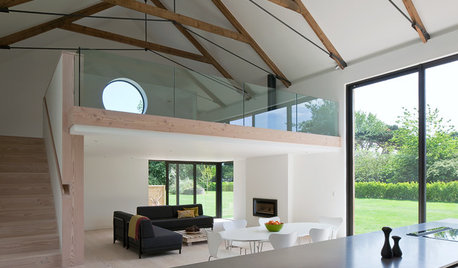
ARCHITECTUREHouzz Tour: Fresh Ideas in a Former Tomato Packing Shed
A formerly metal-clad structure is now a beautiful wood home designed to capture the light and preserve open space
Full Story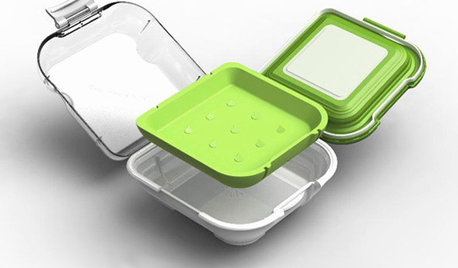
PRODUCT PICKSGuest Picks: Creative Ways to Pack School Lunches
These ingenious storage and styling solutions make any meal away from home a fun — and neat — affair
Full Story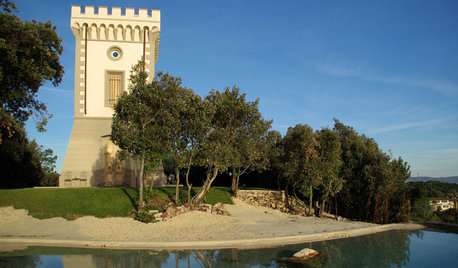
FUN HOUZZWorld of Design: 10 Unconventional Homes Packed With Personality
Life inside a former church, missile silo or greenhouse? Be it in Japan, Denmark or somewhere in between, not every home begins as a house
Full Story

MOST POPULARHow to Start a Cool-Season Vegetable Garden
Late summer and late winter are good times to plan and plant cool-season crops like salad greens, spinach, beets, carrots and peas
Full Story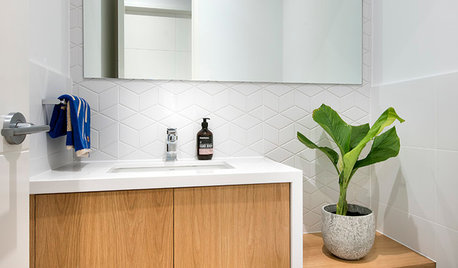
BATHROOM DESIGNVanities That Pack a Storage Punch
Get ideas for your powder room or bath from stylish vanities with great undersink storage
Full Story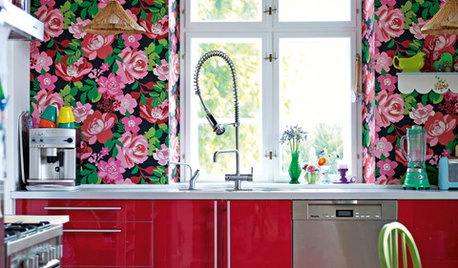
KITCHEN DESIGN14 Indie Kitchen Designs That Stand Out From the Pack
Bored with white, cream and 50 shades of gray? Break out of the box with a daring kitchen that highlights your own style
Full Story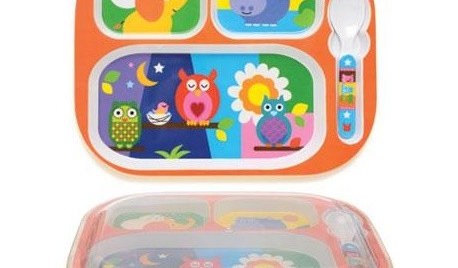
PRODUCT PICKSGuest Picks: Pack a Playful Picnic for Kids
A fun blanket, bright melamine dishes and a few entertaining extras will keep the kids happy and full at your outdoor feast
Full Story0
Sponsored
Industry Leading Interior Designers & Decorators in Franklin County
More Discussions









btbarbara
Ohiofem 6a/5b Southwest Ohio
Related Professionals
Beachwood Landscape Architects & Landscape Designers · Graham Landscape Architects & Landscape Designers · Leawood Landscape Architects & Landscape Designers · Rancho Cordova Landscape Architects & Landscape Designers · Cerritos Landscape Contractors · Dedham Landscape Contractors · Dudley Landscape Contractors · Natick Landscape Contractors · North Chicago Landscape Contractors · Panama City Beach Landscape Contractors · Pleasant Hill Landscape Contractors · Weymouth Solar Energy Systems · Burbank Fence Contractors · Chicago Fence Contractors · League City Fence ContractorscastorpOriginal Author
GeraldC